We are delighted to welcome Professor Katsuhiko Ariga to the PCCP Editorial Board.
 Professor Ariga is the Director of the Supermolecules Group at the National Institute for Materials Science (NIMS). His research field is based on supermolecular chemistry and surface science, including the boundary research areas of organic chemistry, physical chemistry, biochemistry, and materials chemistry.
Professor Ariga is the Director of the Supermolecules Group at the National Institute for Materials Science (NIMS). His research field is based on supermolecular chemistry and surface science, including the boundary research areas of organic chemistry, physical chemistry, biochemistry, and materials chemistry.
His major interests are:
- fabrication of novel functional nanostructures
- molecular recognition and self-assembly
- Langmuir-Blodgett films/layer-by-layer films
- mesoporous materials
Professor Ariga will also be an Associate Editor for the journal and will handle some PCCP submissions alongside the Editorial Office in Cambridge. So next time you submit a paper, you can state a preference for your manuscript to go to Professor Ariga, who is a leading researcher in the materials and nano areas.
Professor Ariga is Guest Edited of the forthcoming PCCP themed issue on Materials Innovation through Interfacial Physics and Chemistry – watch out for this issue is February 2011!
Sign-up to PCCP table-of-contents e-alerts
Submit a paper to PCCP
Comments Off on Katsuhiko Ariga joins the PCCP Editorial Board
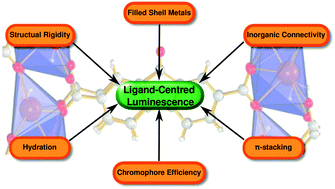











 Julian Eastoe and colleagues at the University of Bristol have discovered a new method to extract oil using CO2 in an efficient and environmentally friendly way.
Julian Eastoe and colleagues at the University of Bristol have discovered a new method to extract oil using CO2 in an efficient and environmentally friendly way.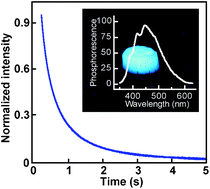 Such mesoporous silica materials, including both powders and monoliths, with strong phosphorescence could find promising applications as low-density and eco-friendly phosphors and optically detectable drug carriers.
Such mesoporous silica materials, including both powders and monoliths, with strong phosphorescence could find promising applications as low-density and eco-friendly phosphors and optically detectable drug carriers.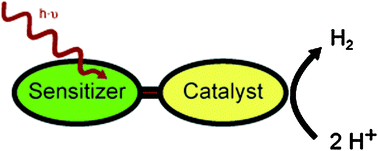
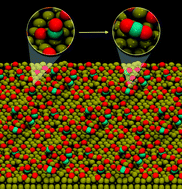 ‘HOT’ – Perspective article
‘HOT’ – Perspective article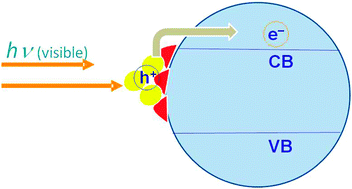 Irradiation at the Au surface plasmon band introduces visible-light photocatalytic activity in titania that depends on the particle size and loading.
Irradiation at the Au surface plasmon band introduces visible-light photocatalytic activity in titania that depends on the particle size and loading.
